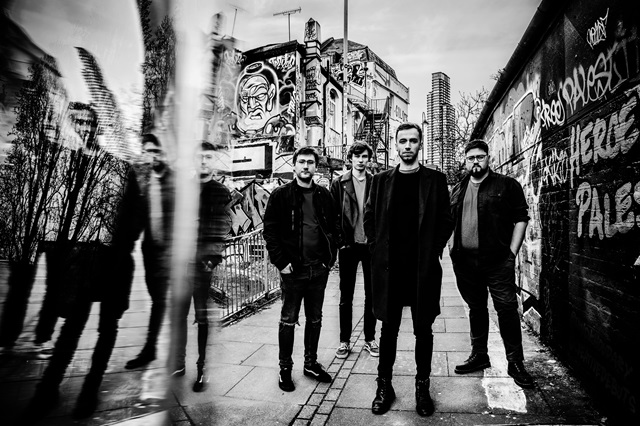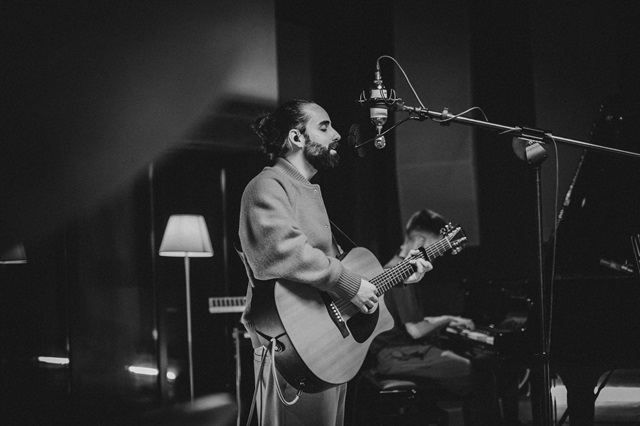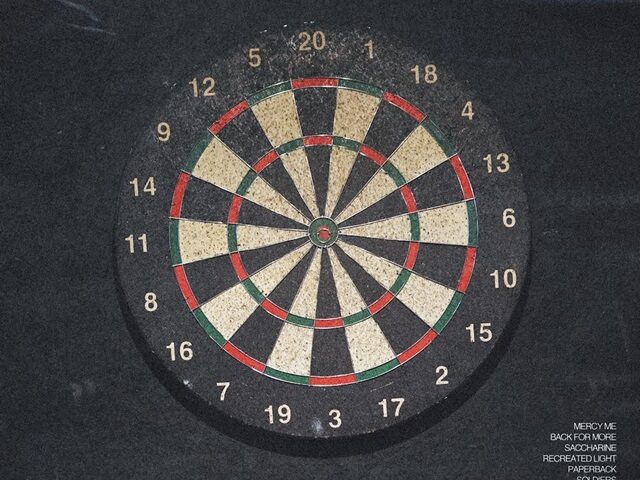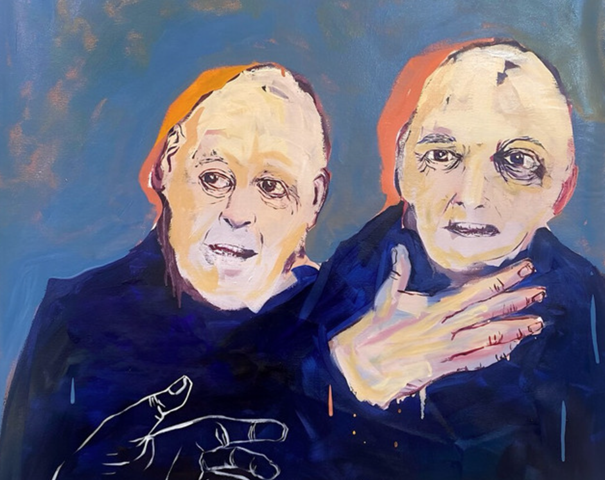When it comes to music, the range of genres shows just how intense and immersive the creation of sound and melody. Branching out further from the standard genres that populate music festivals, the radio, and Spotify’s charts, are a series of microgenres that create a niche cult following. One such microgenre is witch house music. But, what exactly is witch house music, and how is it gaining traction with fans?
What is Witch House?
As its name suggests, witch house music is a microgenre spawned from the expansive electronic genre that focuses on predominantly discordant chopped and screwed downtempo droning. The microgenre takes samples of Foley used in construction, industry, and the atmosphere to create ethereal and supernatural sounding melodies. Synthesizers, interesting instruments, and distorted vocals are also used in order to create music that breaks the boundaries of what music is traditionally known for. According to Vulture, witch house is able to convey a form of raw emotion that mainstream genres only touch upon – similar to the early 2000s popularity of nu-metal as a way for angsty teens to express themselves.
Who are the Players of Witch House?
Like most microgenres, certain artists emerge as the poster bands that allow new fans to learn their work and develop a cult following that attracts their audiences to the genre as a whole. Blvck Ceiling are a trendsetting band in the witch house genre, who use imagery related to the occult and soundscapes that make the listener think to eschew the experimental aspects of the microgenre. Their Gagaocean Max Beta remix features songs from Lady Gaga, while their range of albums such as Ghost EP, Rogue, and Trap Magic evoke imagery of the occult. Moreover, Salem, aptly named for the Massachusetts witch trials, are also a pioneering band of the genre. Their song Trapdoor was even featured on 2012 Ryan Gosling flick The Place Beyond the Pines. As many witch house artists release remixes of other songs, identifying new bands in the genre can be done in a natural way, via discovering a new form of music built around an old favorite song. WIKAN lead the charge in the UK and have performed their brand of witch house music throughout Europe, hoping to extol its virtues on the masses. Though Talk Less Say More, with their form of ethereal ambience that samples David Lynch’s Twin Peaks shows us that there are degrees of just how supernatural the music can be in the genre.
How does Witch House Appeal to Fans?
But the artists of witch house go one step further in order to help bridge the gap for fans of other similar music genres. By using samples of other songs, and even from more obscure elements of the supernatural world that the genre connects with – from The Blair Witch Project, Charmed and Twin Peaks – witch house evokes feelings of the paranormal. But the genre also utilises back-masking of other songs, such as hip hop, rock, and rap. For example, threeam sample t.A.T.u’s All the Things She Said; Heretics remix Carly Rae Jepson’s Call Me Maybe, while Johny Tiger remixes Nirvana’s Heart-Shaped Box. Back-masking features playing a popular song backwards in order to subconsciously use the imagery it evokes while not having the listener actively aware of the connotations. The technique plays on the nostalgia factor and familiarity. By connecting the music genre with facets of pop culture or even other music, fans can discover the genre and feel better connected to it.
The Imagery of Witch House
Another aspect of witch house that doesn’t necessarily correspond to other genres is the use of imagery in the band names and on the band’s artwork that gives a deeper and more immersive experience of listening to the music. Much in the same way The Beatles have fans who praise their clever album artwork, and pop stars such as Lady Gaga and Ariana Grande have scholars of their music videos, the artwork, band image, and band typography further utilizes the occult and supernatural vibes that witch house aims to evoke.
Witch house may not be a microgenre of music that would appeal to everyone – but, with its growing prevalence in certain spheres and its connection to other music and pop culture, the audience and fanbase are growing. The term witch house has existed for around 10 years already and, as the way in which music is consumed changes and evolves, more fans and potential fans are able to access the microgenre. While some of the darker themes of witch house won’t be played on the charts, the genre is definitely benefitting from the revival of the spooky soundscapes.






Well said, may the witch stay with you
witch house = forever relevant